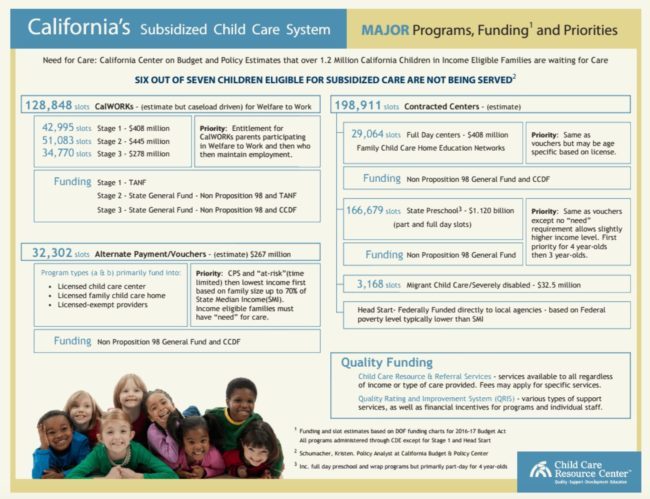It’s important for all children to have access to quality early childhood education so that they can grow into productive young scholars and eventually adults. Learning in the first few years of life sets the foundation for acquiring more knowledge once a child enters kindergarten. And for low-income children, early childhood education has an even greater impact on future success and earnings.
Last week, Assembly Speaker Anthony Rendón, D-Paramount, launched the Speaker’s Blue Ribbon Commission on Early Childhood Education. The goal of the bipartisan commission is to “to have a forum outside the budget process to discuss our early childhood education system and how to improve it.” The 18 people on the commission include lawmakers, advocates and practitioners.
This commission will set the agenda for early childhood education in the next few years. Governor Jerry Brown’s 2017-18 fiscal year budget proposal freezes funding for early childhood education.
“Erin Gabel, deputy director of external and governmental affairs for First 5 California, said the current system for funding preschools and child care, which is based on contracts with nonprofits and school districts, has resulted in a lot of unused funding reverting back to the state. In 2014-15, based on data from the California Department of Education, almost $132 million, or 6.9 percent of state child development funds, were not spent. This occurred because funding is based on contracts with little flexibility, rather than grants, she said.
“Contracts are very, very stringent in their rules,” Gabel said, restricting the ability to send funding where it is needed most. For example, if one preschool loses a teacher and is not able to use all its allocated slots, the funding for those slots cannot be moved to another preschool that could accommodate more students, she said. Or if a student leaves a preschool mid-year, funding for that student often reverts back to the state.
“There is no ability to move slots around at the local level to accommodate year-to-year changes,” Gabel said.
Asked by Assemblyman Phil Ting, D-San Francisco, who is also on the commission, how the child care funding system should be redesigned, Gabel argued that funding should be integrated with other parts of the state budget. Low-income housing developments, for example, could include child care centers and new schools that are built could include preschool classrooms. “We have to stop thinking in a siloed way,” she said after the meeting.”
Thinking outside the box is key with early childhood education. Funding for early childhood education should be flexible enough that families who are in most need have easy access to it.
The California Budget and Policy Center has estimated that only one in seven qualifying families are receiving their subsidized child care.
We are all in this together with you. We want to be a resource for you and for all of the children you love. Whether you need some info or you have info to share, you know where to go…LA Comadre.
Latest posts by La Comadre (see all)
- Cómo está Regresando la Escuela de un Salón - July 28, 2022
- ¿Se Debe Exigir a los Estudiantes recitar el Juramento a la Bandera? - June 10, 2022
- 5 Aplicaciones de Salud Mental y Bienestar para descargar ahora Mismo - May 5, 2022
- How the One Room Schoolhouse Is Making a Comeback - May 5, 2022
- El Dinero Importa: Donación de $ 1 millón a Programas de Educación Financiera en LAUSD - April 25, 2022

